Contents
- 1 Put Your Best Face Forward
- 2 Before and After Photos
- 3 About Awake Facelifts in Los Angeles
- 4 Benefits of the Awake Technique
- 5 Candidates
- 6 Your Personal Consultation with Dr. Kim
- 7 How to Prepare
- 8 The Awake Facelift Technique
- 9 Recovery and Aftercare
- 10 Natural Results
- 11 How Much Does an Awake Facelift Cost in Los Angeles?
- 12 FAQ
- 13 References



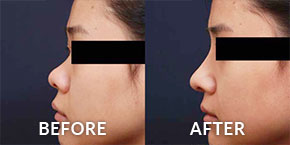
 An awake facelift, or local anesthesia facelift, is a method for performing facelifts that allows for quicker recovery than other methods. The awake facelift is the safest surgical procedure to achieve a youthful rejuvenation.
An awake facelift, or local anesthesia facelift, is a method for performing facelifts that allows for quicker recovery than other methods. The awake facelift is the safest surgical procedure to achieve a youthful rejuvenation.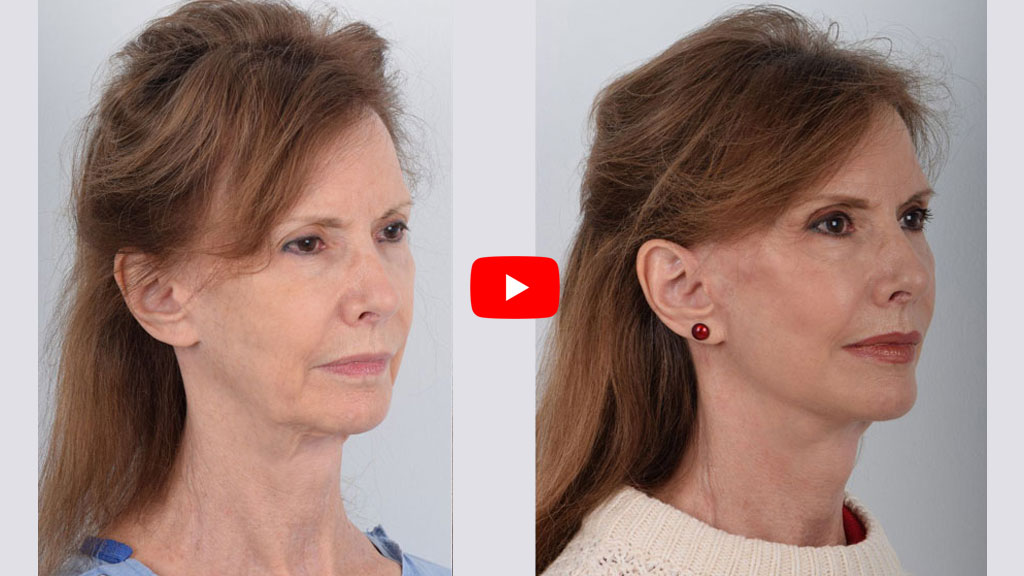
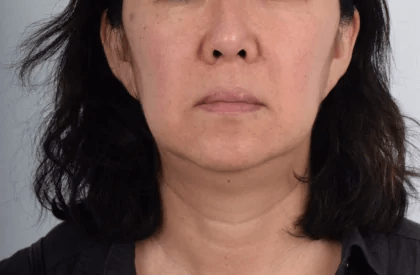
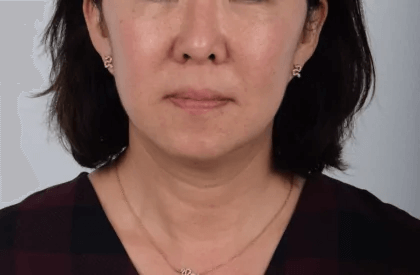


 You don’t have to fall asleep to achieve the face of your dreams. With Dr. Kim’s precise techniques, you benefit from the most advanced techniques in facial rejuvenation surgery. Local anesthesia just numbs the area of the face being treated. Patients continue breathing on their own, which is vital to maintaining optimal safety during a procedure. With some procedures, the use of general anesthesia is unavoidable. But with facelifts, we can now perform them without the risks of general anesthesia.
You don’t have to fall asleep to achieve the face of your dreams. With Dr. Kim’s precise techniques, you benefit from the most advanced techniques in facial rejuvenation surgery. Local anesthesia just numbs the area of the face being treated. Patients continue breathing on their own, which is vital to maintaining optimal safety during a procedure. With some procedures, the use of general anesthesia is unavoidable. But with facelifts, we can now perform them without the risks of general anesthesia.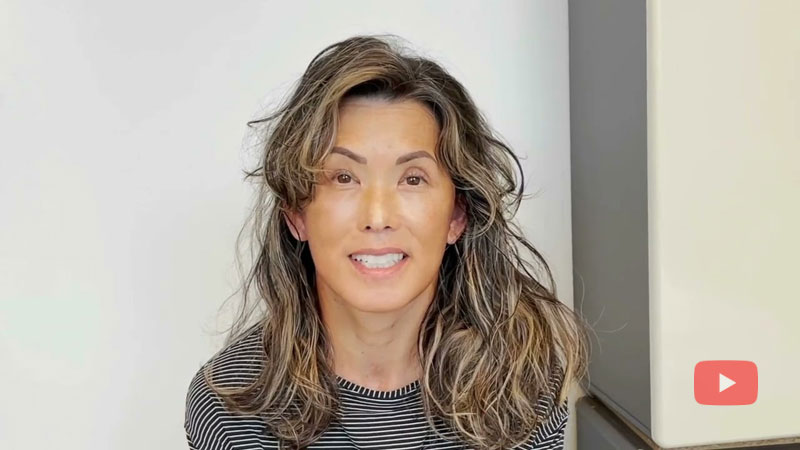
 Your dreams begin their transformation to reality with an initial consultation with Dr. Kim. Dr. Kim will take the time necessary to get to know you, your aesthetic aspirations, and answer any questions you have about the awake technique for facelifts. Dr. Kim has extensive experience performing aesthetic procedures with local anesthesia and sedatives rather than general anesthesia.
Your dreams begin their transformation to reality with an initial consultation with Dr. Kim. Dr. Kim will take the time necessary to get to know you, your aesthetic aspirations, and answer any questions you have about the awake technique for facelifts. Dr. Kim has extensive experience performing aesthetic procedures with local anesthesia and sedatives rather than general anesthesia. Dr. Kim’s technique will reposition your tissue to enhance your natural features, not just make an incision and pull the skin tighter. Dr. Kim’s precision awake method remodels the contours of your face to create more natural results than are possible through traditional facelifts. Because the incision in traditional facelifts is made from the ear, the face will look wider. Dr. Kim’s style focuses on creating more slender, youthful results than were possible with older methods.
Dr. Kim’s technique will reposition your tissue to enhance your natural features, not just make an incision and pull the skin tighter. Dr. Kim’s precision awake method remodels the contours of your face to create more natural results than are possible through traditional facelifts. Because the incision in traditional facelifts is made from the ear, the face will look wider. Dr. Kim’s style focuses on creating more slender, youthful results than were possible with older methods. Dr. Kim’s precision method avoids blood vessels that prevent the staining of the underlying tissues with blood. This method has a big advantage in keeping the tissue plane clean. With a clean tissue plane, it’s easier to see everything during the procedure. The critical nerves and connective tissues are easier to discern than during a traditional facelift. Even great surgeons can make mistakes. By keeping the tissue clean during the procedure, an awake facelift greatly reduces the risk of cutting the sensitive nerves in the face. In traditional facelifts that stain the tissue, it becomes impossible to perform ultra-precision surgery. Awake facelifts also can produce shorter scars due to the precision involved.
Dr. Kim’s precision method avoids blood vessels that prevent the staining of the underlying tissues with blood. This method has a big advantage in keeping the tissue plane clean. With a clean tissue plane, it’s easier to see everything during the procedure. The critical nerves and connective tissues are easier to discern than during a traditional facelift. Even great surgeons can make mistakes. By keeping the tissue clean during the procedure, an awake facelift greatly reduces the risk of cutting the sensitive nerves in the face. In traditional facelifts that stain the tissue, it becomes impossible to perform ultra-precision surgery. Awake facelifts also can produce shorter scars due to the precision involved.






